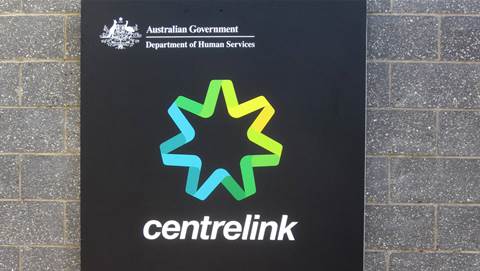Financial institutions, investors, the government and individuals collectively lost more than $217.9m to fraud in the late half of 2009, KPMG has found.

According to the auditing firm's latest "Fraud Barometer" report, Australia's fraud value doubled in the past six months.
Banks and financial institutions accounted for one third of fraud cases prosecuted nationally, and technology was highlighted as a key driver in enabling crime to thrive.
Matt Fehon, a partner at KPMG, told iTnews that automated banking systems had removed a majority of the "human overlay" that previously helped identify fraudulent transactions.
Although security technology had improved, fraudsters remained "ahead of the game", he said.
"The use of IT systems has made it [fraud] harder to detect," Fehon explained.
"There has been more investment in data analytics, software development and fraud prevention over the last 10 years, but there are sophisticated IT specialists who can circumvent these systems.
"From an external perspective, online banking and share trading accounts are enabling people to commit the faceless types of fraud on the Internet," he said.
St. George Bank's CIO Dhiren Kulkarni agreed that technology could be driving fraud.
He highlighted an incident in January when $50 million was stolen from NSW bank accounts because victims' details had been recorded by compromised EFTPOS devices at fast-food outlets.
Kulkarni said St. George's customer accounts were monitored around the clock by computer systems designed to identify suspicious transactions.
"We have a wide and varied approach to fraud prevention including education, hardware, software, second-factor authentication and rapid response detection," he said.
"St. George supports this with specialised staff, mature processes and audit functions."
Despite KPMG's report, Kulkarni said that St. George had not noticed an increase in fraud during the past six months when compared to previous periods.
A spokesperson for ANZ said that there was no material change in the level of fraud detected by the bank either.
"ANZ is constantly working to upgrade security, and continually improving our systems to ensure we proactively detect and prevent as much fraud as possible," the spokesperson told iTnews.
"We don't disclose our losses but assure our customers that if they are impacted by fraud, they will be reimbursed by ANZ as soon as possible to ensure that they are not out-of-pocket."
KPMG reported that for the 2009 calendar year, the value of frauds tried in Australian courts exceeded $318m. The figure was $221m in 2008.
But a majority of fraud goes undetected, Fehon said, adding that a total of $5 billion may have been lost to fraud last year.
He attributed the increase in fraud value recorded by KPMG to companies putting a greater focus on internal fraud detection following the economic downturn.
KPMG found a "concerning increase" in prosecutions of managers and employees during the second half of 2009.
Accordingly, the firm said that the biggest threat to organisations was not hackers and crime syndicates, but mangers and employees diverting funds to their own benefit.



_(22).jpg&h=140&w=231&c=1&s=0)

.png&h=140&w=231&c=1&s=0)



_(26).jpg&w=100&c=1&s=0)

 iTnews Executive Retreat - Security Leaders Edition
iTnews Executive Retreat - Security Leaders Edition












_(1).jpg&h=140&w=231&c=1&s=0)



